Home>Storage & Organization>Closet & Wardrobe Organization>How To Organize Men’s Closet
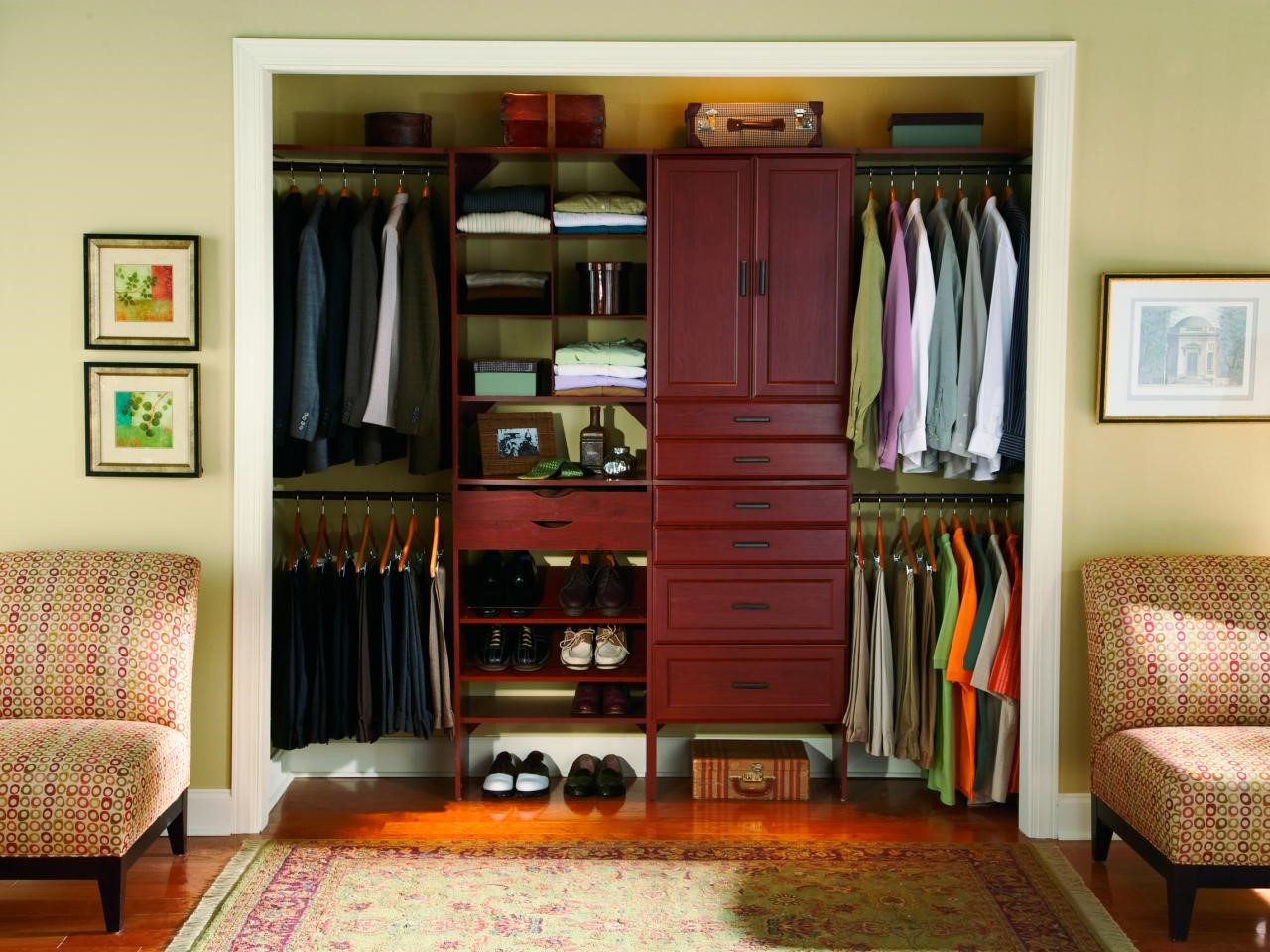

Closet & Wardrobe Organization
How To Organize Men’s Closet
Published: March 3, 2024
Learn how to effectively organize your men's closet and wardrobe with our expert tips and ideas. Create a functional and stylish space for your clothing and accessories. Start decluttering and optimizing your closet today!
(Many of the links in this article redirect to a specific reviewed product. Your purchase of these products through affiliate links helps to generate commission for Storables.com, at no extra cost. Learn more)
The Importance of a Well-Organized Closet
A well-organized closet is essential for every man. It not only saves time and reduces stress when getting ready in the morning, but it also helps in extending the life of your clothes. When your closet is organized, you can easily find what you need, preventing you from rummaging through piles of clothes and creating unnecessary wrinkles. Moreover, a tidy closet can also help you to take better care of your clothes, as they are less likely to get damaged or lost in the clutter. Additionally, an organized closet can save you money by preventing you from buying items you already own but couldn't find in the mess. Lastly, a well-organized closet can give you a sense of satisfaction and pride in your living space.
Key Takeaways:
- A well-organized closet saves time, reduces stress, and extends the life of clothes. It prevents rummaging, wrinkles, and unnecessary purchases, providing satisfaction and pride in your living space.
- Assess your closet space and needs, declutter, choose the right storage solutions, and organize your clothing. Regular maintenance is key to sustaining an efficient and functional wardrobe.
Read more: How To Organize A Mens Closet
Assessing Your Closet Space and Needs
When it comes to organizing your closet, the first step is to assess the available space and your specific needs. Start by taking a good look at your closet and evaluating its size, layout, and storage options. Consider the hanging space, shelving, drawers, and any other storage features that are already in place. Take measurements to determine the dimensions of your closet and make note of any awkward or unused spaces that could be utilized more effectively.
Next, assess your specific needs and the types of items you need to store in your closet. Do you have a lot of suits and dress shirts that require ample hanging space? Or do you have more casual attire that can be folded and stored on shelves? Consider your shoe collection, accessories, and any other items that need to be accommodated within the closet space. By understanding your storage requirements, you can plan a more efficient and tailored organization system for your closet.
Once you have a clear understanding of your closet space and needs, you can move on to the next steps of sorting, decluttering, and choosing the right storage solutions to create a well-organized and functional closet that meets your specific requirements.
Sorting and Decluttering Your Wardrobe
Sorting and decluttering your wardrobe is a crucial step in organizing your closet. It allows you to assess your clothing items, identify what you actually wear, and determine what can be discarded or donated. Here's how to tackle this task effectively:
-
Empty Your Closet: Start by taking everything out of your closet. This will give you a clear view of all your clothing items and make it easier to sort through them.
-
Create Sorting Categories: As you go through your clothes, create categories such as "keep," "donate," "repair," and "discard." Be honest with yourself about the items you truly wear and those that have been sitting untouched for months.
-
Consider the Season: If you're sorting your wardrobe during a specific season, consider whether certain items are suitable for the current weather. Seasonal items that are out of place can be stored separately or donated if they no longer fit or suit your style.
-
Evaluate Fit and Condition: Check each item for proper fit and condition. If something doesn't fit or is in need of repair, set it aside for alterations or repairs. If it's beyond repair or no longer fits, consider donating or discarding it.
-
Be Ruthless: It's easy to hold onto clothing items for sentimental reasons or with the hope of wearing them again someday. However, being ruthless in decluttering will help you create a more functional and organized wardrobe.
-
Organize Donated Items: Once you've sorted through your clothes, pack up the items you're donating and drop them off at a local charity or donation center. This not only clears space in your closet but also benefits others in need.
By sorting and decluttering your wardrobe, you'll be left with a curated collection of clothing that reflects your style and fits your current lifestyle. This sets the stage for the next steps in organizing your closet and creating a more efficient storage system for your clothing and accessories.
Choosing the Right Storage Solutions
When it comes to organizing your closet, choosing the right storage solutions is essential for maximizing space and keeping your clothing and accessories neatly arranged. Here are some key considerations for selecting the right storage solutions:
-
Hanging Space: Assess the hanging space in your closet and consider the types of clothing items that require hanging, such as suits, dress shirts, and jackets. Invest in quality hangers that are durable and provide adequate support for your garments. Consider using slim, non-slip hangers to maximize hanging space and prevent clothes from slipping off.
-
Shelving and Drawers: If your closet has built-in shelving or drawers, make the most of these storage features. Use shelves to store folded items like sweaters, jeans, and t-shirts. Consider adding shelf dividers to keep stacks of clothing neat and organized. Utilize drawers for storing smaller items such as socks, underwear, and accessories. Drawer organizers can help keep these items separated and easily accessible.
-
Shoe Storage: Determine the best shoe storage solution based on the size of your shoe collection. Shoe racks, shelves, or cubbies can help keep your footwear organized and visible. Consider using clear shoe boxes or shoe organizers to protect and store special or seasonal shoes while maximizing space.
-
Accessory Organization: For accessories such as belts, ties, and scarves, consider using specialized organizers or racks that keep these items neatly arranged and easily accessible. Drawer inserts or hanging organizers can help prevent these smaller items from becoming tangled or misplaced.
-
Utilizing Vertical Space: If your closet has high ceilings, consider utilizing vertical space with stackable storage bins or hanging organizers. This can be particularly useful for storing seasonal items, bulky sweaters, or items that are not frequently used.
-
Custom Solutions: If your closet space allows, consider custom storage solutions such as built-in shelving, pull-out racks, or adjustable rods. Customizing your closet to fit your specific storage needs can greatly enhance organization and efficiency.
By carefully selecting the right storage solutions for your closet, you can create a well-organized space that maximizes storage capacity and makes it easy to find and access your clothing and accessories. This sets the stage for the final step of organizing your closet and maintaining a clutter-free and functional wardrobe.
Organizing Your Clothing and Accessories
After decluttering and selecting the appropriate storage solutions, the next step is to organize your clothing and accessories in a way that maximizes accessibility and maintains a tidy appearance. Here are some effective strategies for organizing your wardrobe:
Read more: How To Organize Shorts In A Closet
Categorize by Type
Group similar items together to create a cohesive and organized closet. Arrange clothing items by type, such as shirts, pants, jackets, and suits. Within each category, further organize by color or style to make it easier to locate specific items.
Utilize Vertical Space
Make use of the vertical space in your closet by installing additional shelving or hanging organizers. This can help accommodate folded items, accessories, or shoes, and prevent clutter on the floor or lower shelves.
Fold and Stack
For items that are best folded, such as sweaters, t-shirts, and jeans, use shelf dividers or designated shelves to neatly stack these items. Folding clothes uniformly not only saves space but also creates a visually appealing display.
Coordinate Hangers
Use consistent hangers throughout your closet to create a uniform and organized look. Consider using slim, non-slip hangers for shirts and pants to maximize hanging space and prevent clothes from slipping off. For heavier items like coats and suits, invest in sturdy, well-constructed hangers to maintain the shape of the garments.
Read more: How To Organize A Utility Closet
Arrange by Season
If you have the space, consider organizing your clothing by season. Store off-season items in labeled bins or storage containers to free up space for current-season clothing. This approach streamlines your daily choices and keeps your closet from feeling overcrowded.
Accessory Organization
For accessories such as belts, ties, and scarves, utilize specialized organizers or racks to keep these items neatly arranged and easily accessible. Drawer inserts or hanging organizers can help prevent these smaller items from becoming tangled or misplaced.
Visibility and Accessibility
Arrange your closet so that frequently worn items are easily accessible. Keep everyday essentials within reach and reserve higher or lower shelves for less frequently used items or seasonal clothing.
Labeling and Maintenance
Consider labeling storage bins or containers to clearly identify their contents. Regularly assess your organized closet to ensure that items are returned to their designated places and maintain the system you've established.
By implementing these strategies, you can create a well-organized and visually appealing closet that makes it easy to find and access your clothing and accessories. This not only streamlines your daily routine but also helps maintain the overall tidiness and functionality of your wardrobe.
Read more: How To Organize Pants In A Closet
Maintaining Your Organized Closet
Maintaining an organized closet is essential for preserving the efficiency and functionality of your storage space. Once you have invested the time and effort into organizing your wardrobe, it's important to establish habits that will help sustain the order and cleanliness of your closet. Here are some practical tips for maintaining your organized closet:
Regular Maintenance
Make it a habit to conduct regular maintenance of your closet. Set aside time every few months to review your clothing and accessories, ensuring that everything is still relevant to your current style and needs. This practice also allows you to identify any items that may have found their way back into the closet without proper consideration.
Seasonal Rotation
As the seasons change, take the opportunity to rotate your wardrobe. Store off-season clothing in labeled containers or vacuum-sealed bags to free up space for current-season items. This not only keeps your closet organized but also makes it easier to locate and access the clothing appropriate for the current weather.
Return Items to Designated Spaces
After wearing an item, make a conscious effort to return it to its designated space in the closet. Avoid the temptation to leave clothes on chairs or other surfaces, as this can quickly lead to clutter and disorganization. By consistently returning items to their proper places, you can maintain the order you've established.
Read more: How To Organize Coat Closet
Launder and Store Properly
After wearing an item, ensure that it is laundered or dry-cleaned as needed before returning it to the closet. Properly caring for your clothing helps maintain their condition and extends their lifespan. Additionally, store freshly laundered items neatly to prevent wrinkles and maintain the overall organization of your closet.
Assess New Additions
When adding new items to your wardrobe, take a moment to consider their place in your closet. If a new item is introduced, evaluate whether it aligns with your current style and if there is sufficient space for it. This mindful approach prevents unnecessary clutter and ensures that new additions complement your existing wardrobe.
Address Clutter Promptly
If you notice clutter beginning to accumulate in your closet, take immediate action to address it. Whether it's a pile of unfolded clothes, misplaced accessories, or items that no longer belong, addressing clutter promptly prevents it from escalating and maintains the organized environment you've created.
Reevaluate Storage Solutions
As your wardrobe evolves, periodically reassess your storage solutions to ensure they continue to meet your needs. Consider adjusting shelving, reorganizing drawers, or adding new storage accessories to accommodate changes in your clothing and accessories collection.
By incorporating these maintenance practices into your routine, you can sustain the organization and functionality of your closet. Consistent efforts to maintain an organized closet not only streamline your daily routine but also contribute to a more visually appealing and enjoyable living space.
Frequently Asked Questions about How To Organize Men's Closet
Was this page helpful?
At Storables.com, we guarantee accurate and reliable information. Our content, validated by Expert Board Contributors, is crafted following stringent Editorial Policies. We're committed to providing you with well-researched, expert-backed insights for all your informational needs.
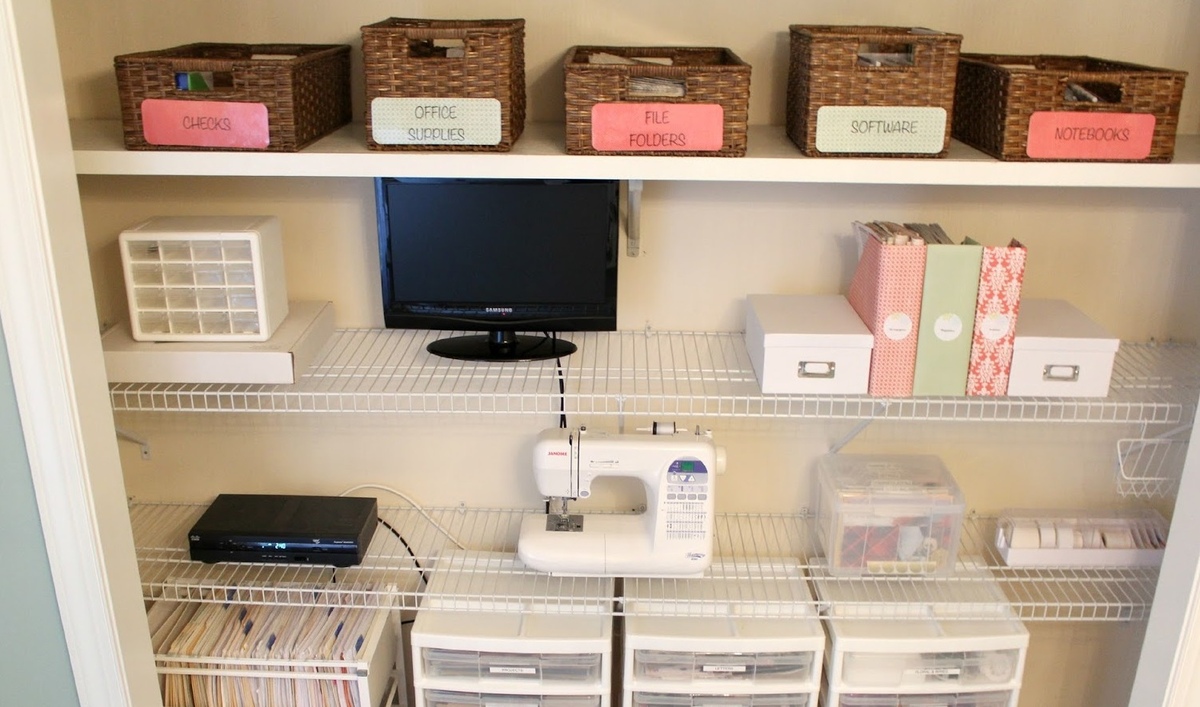
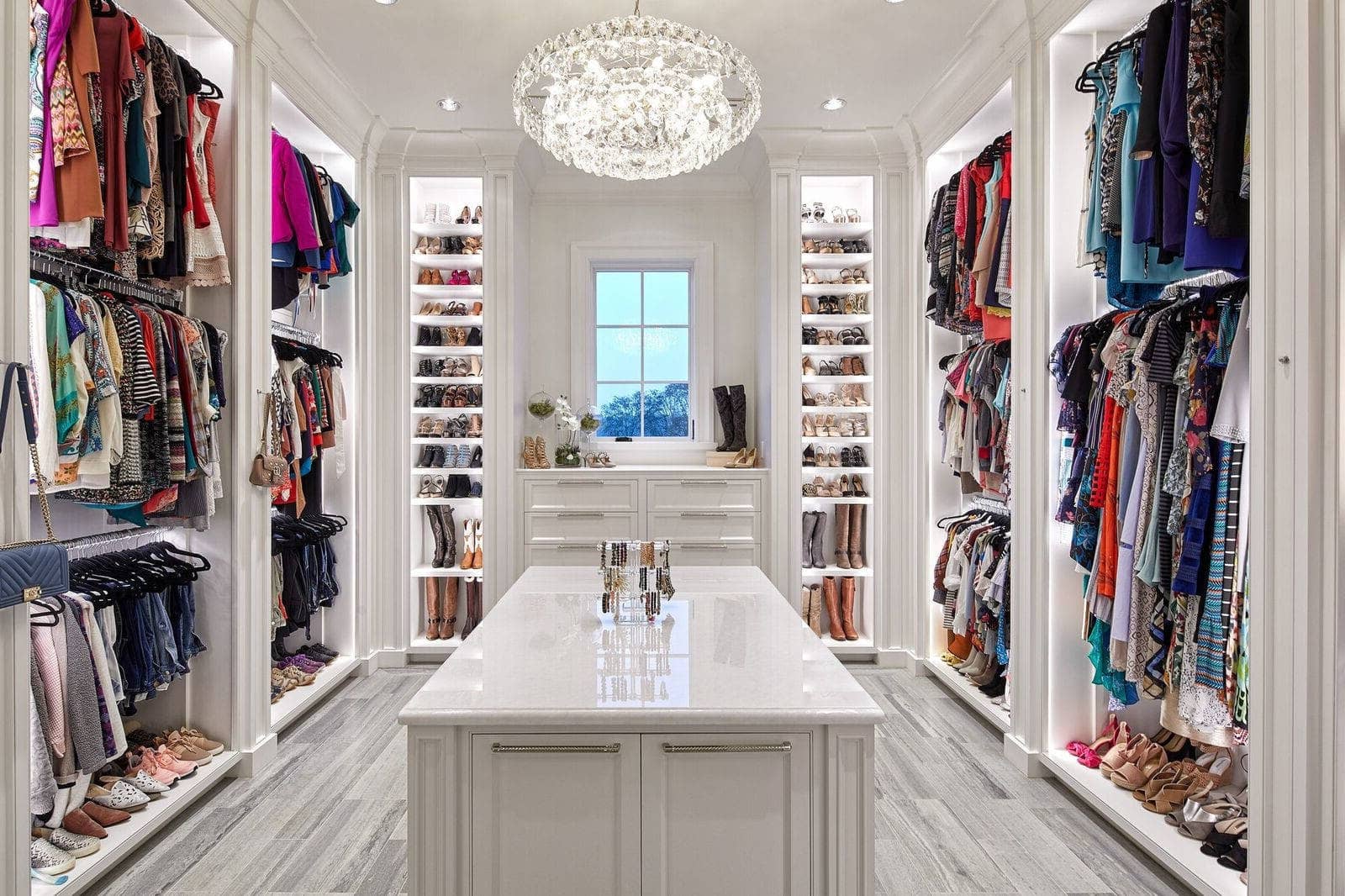
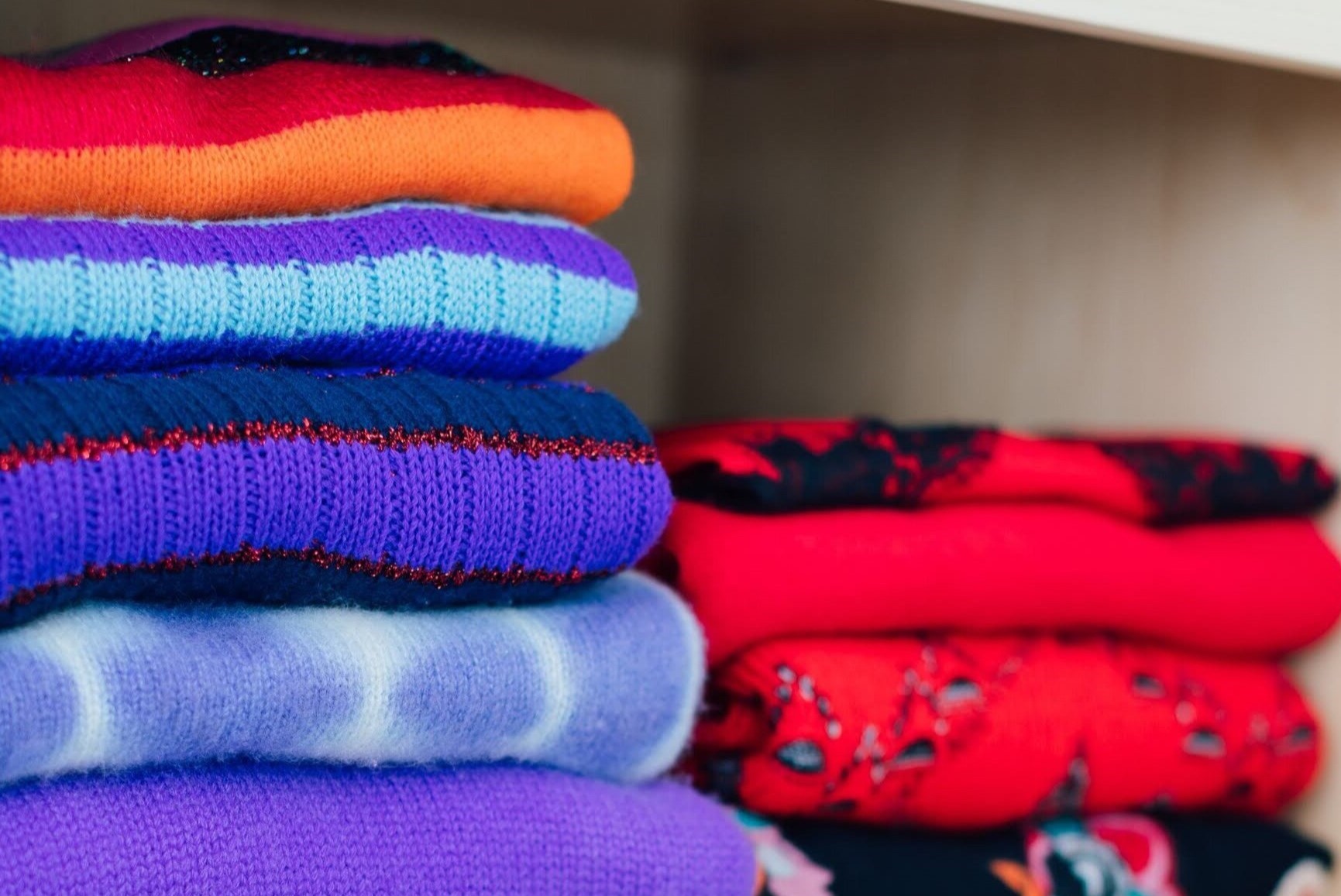
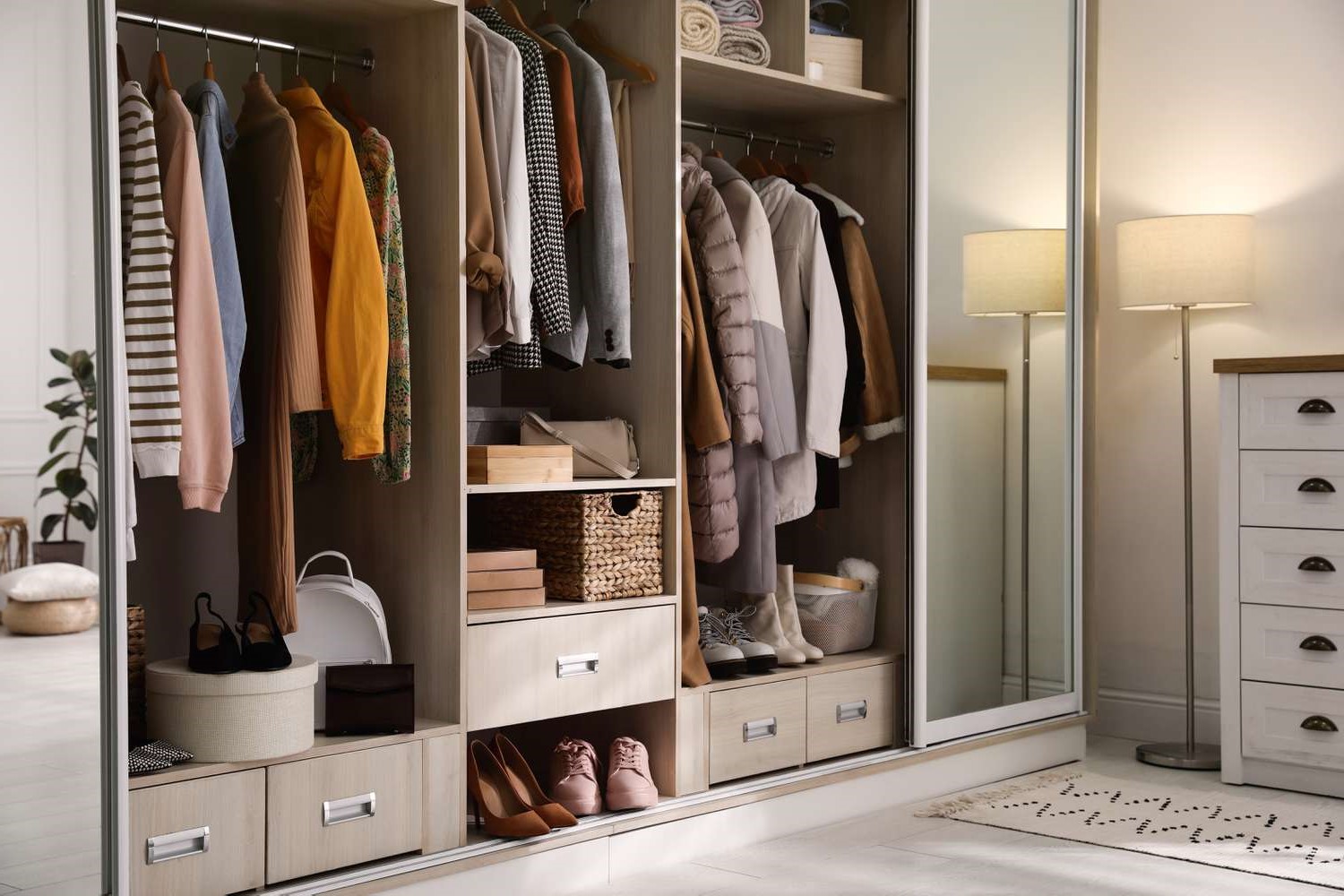
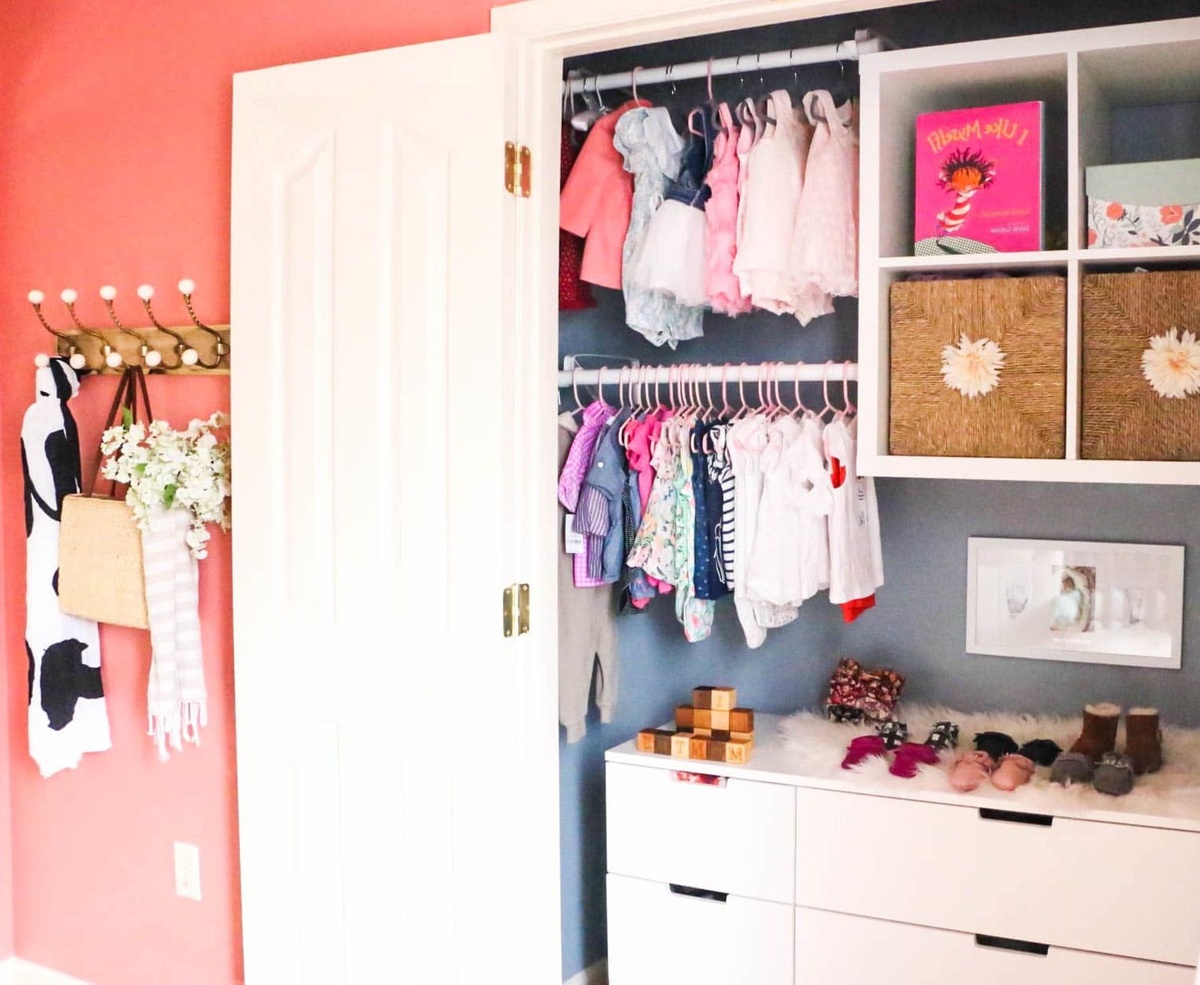
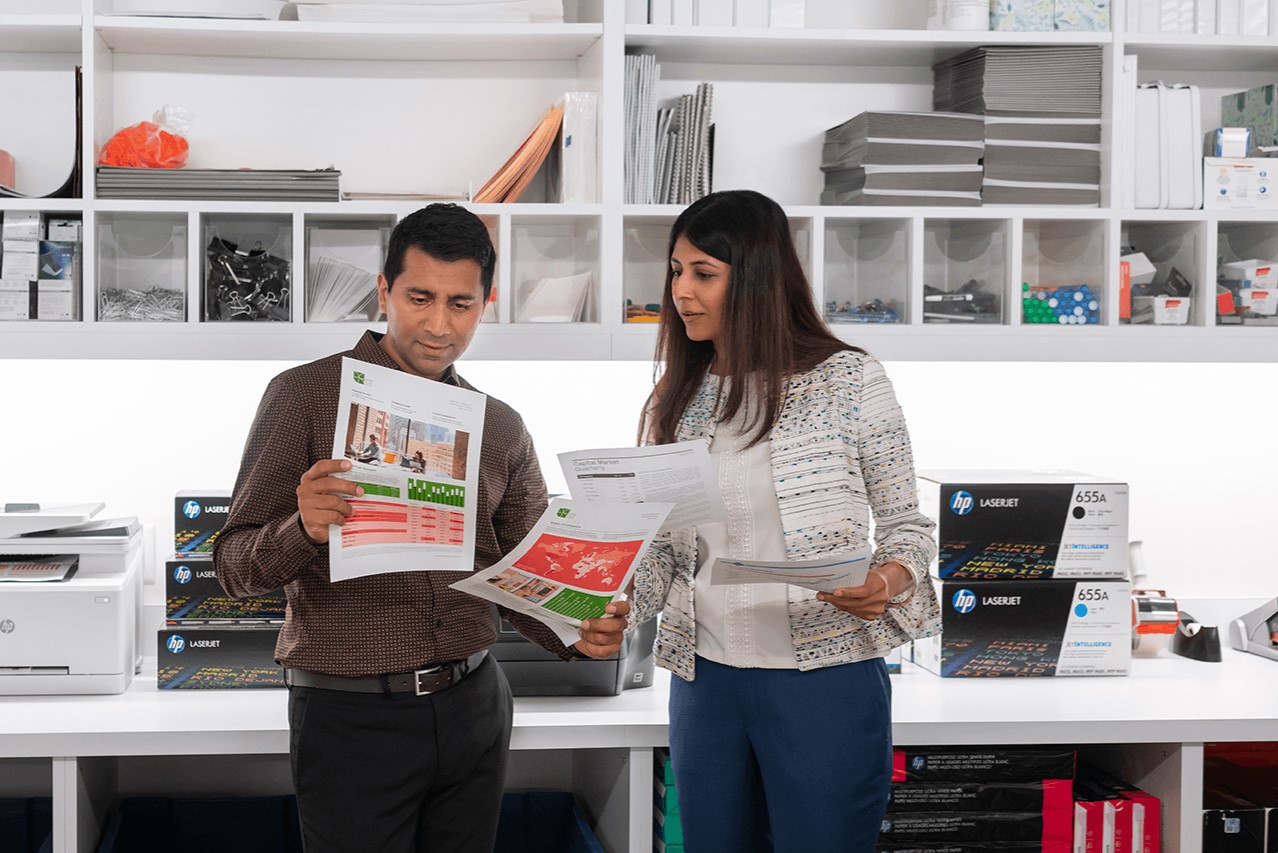
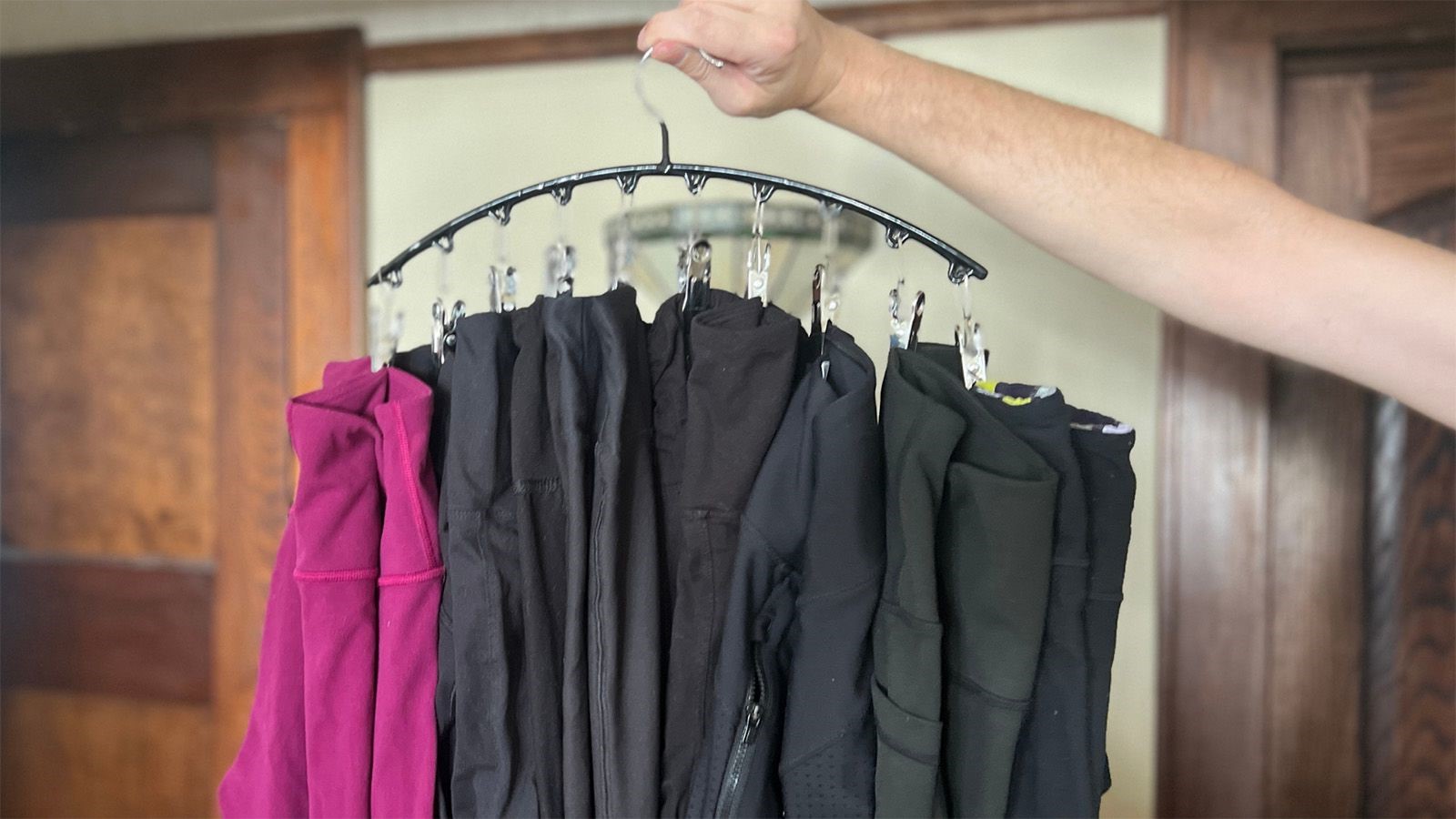
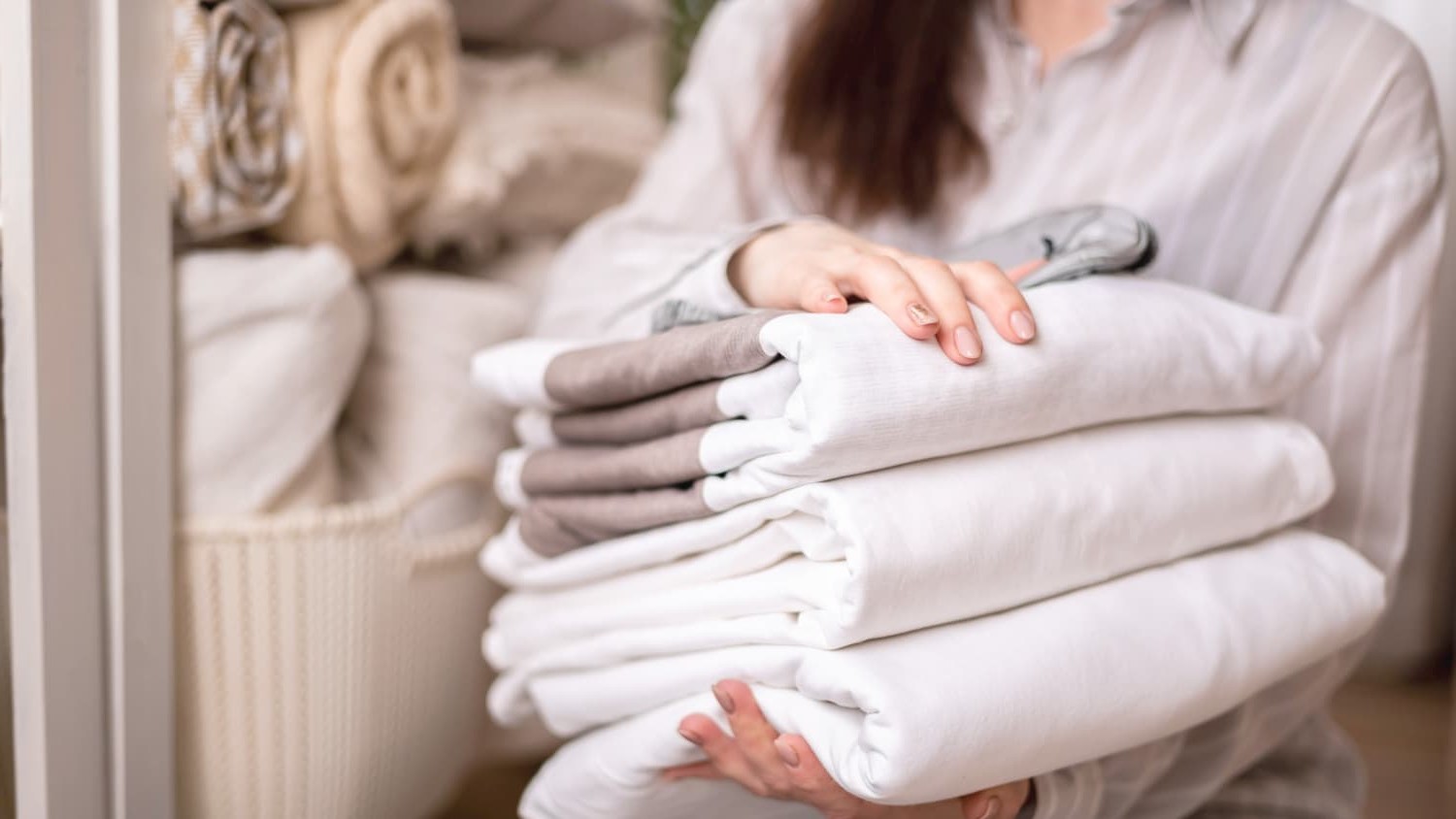
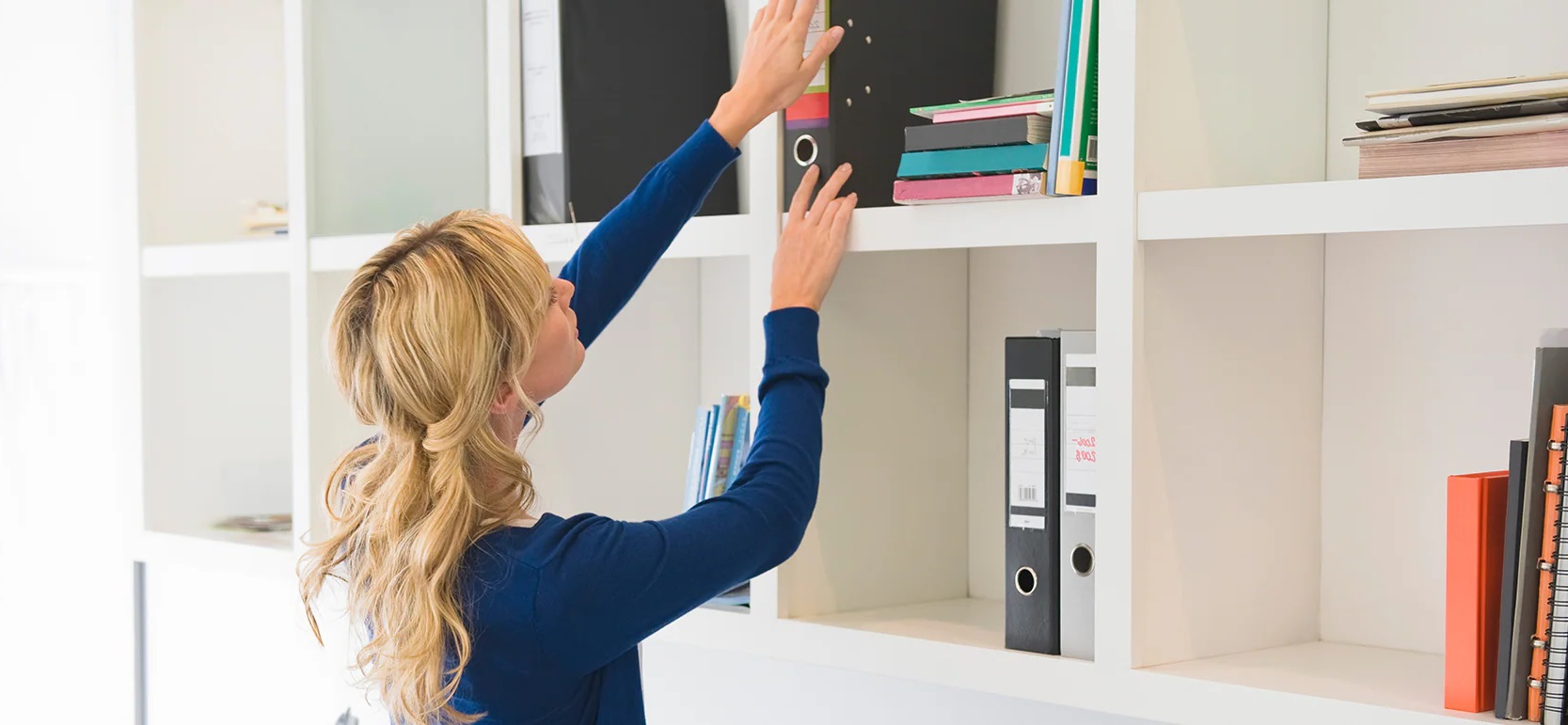
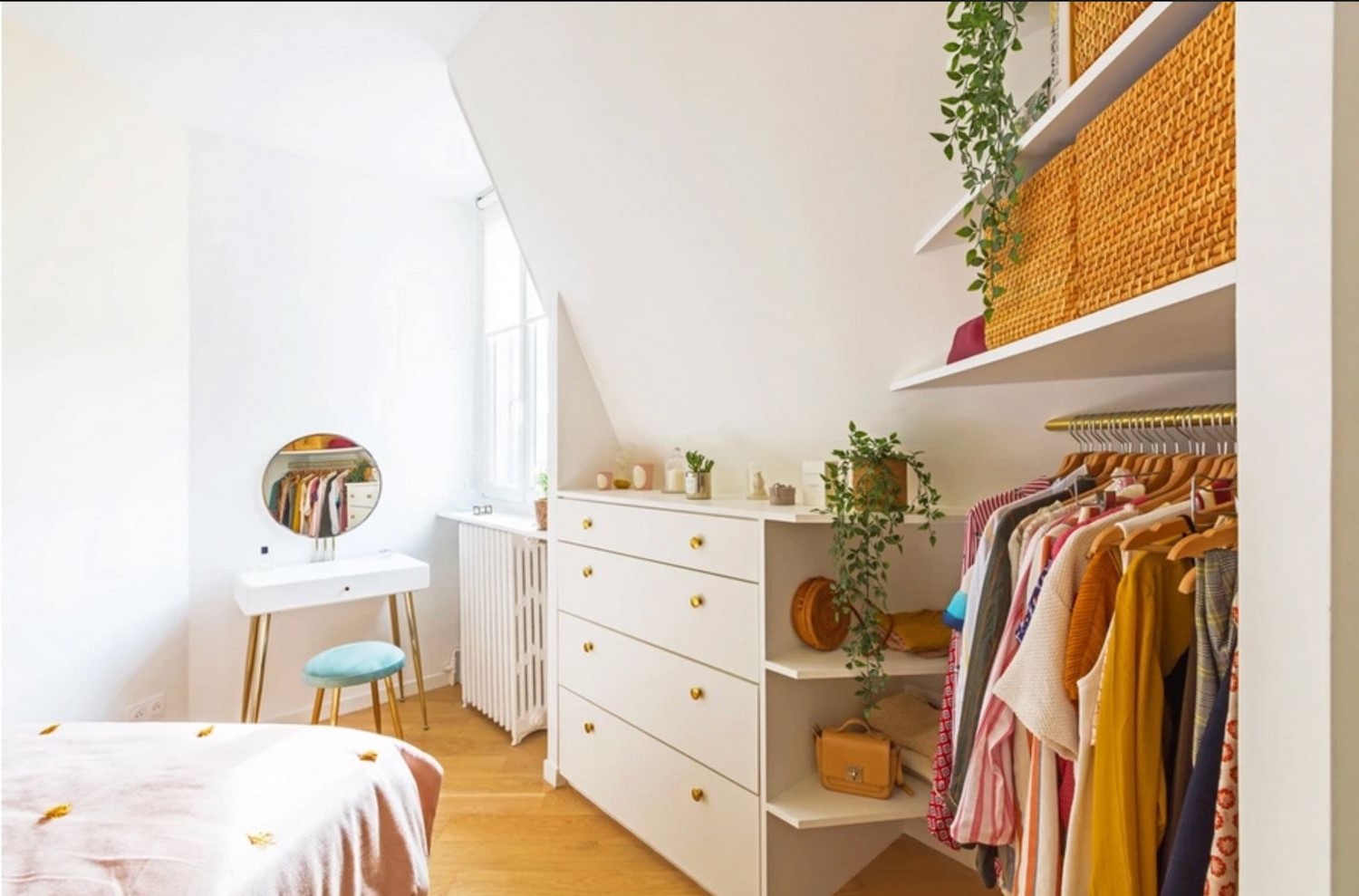
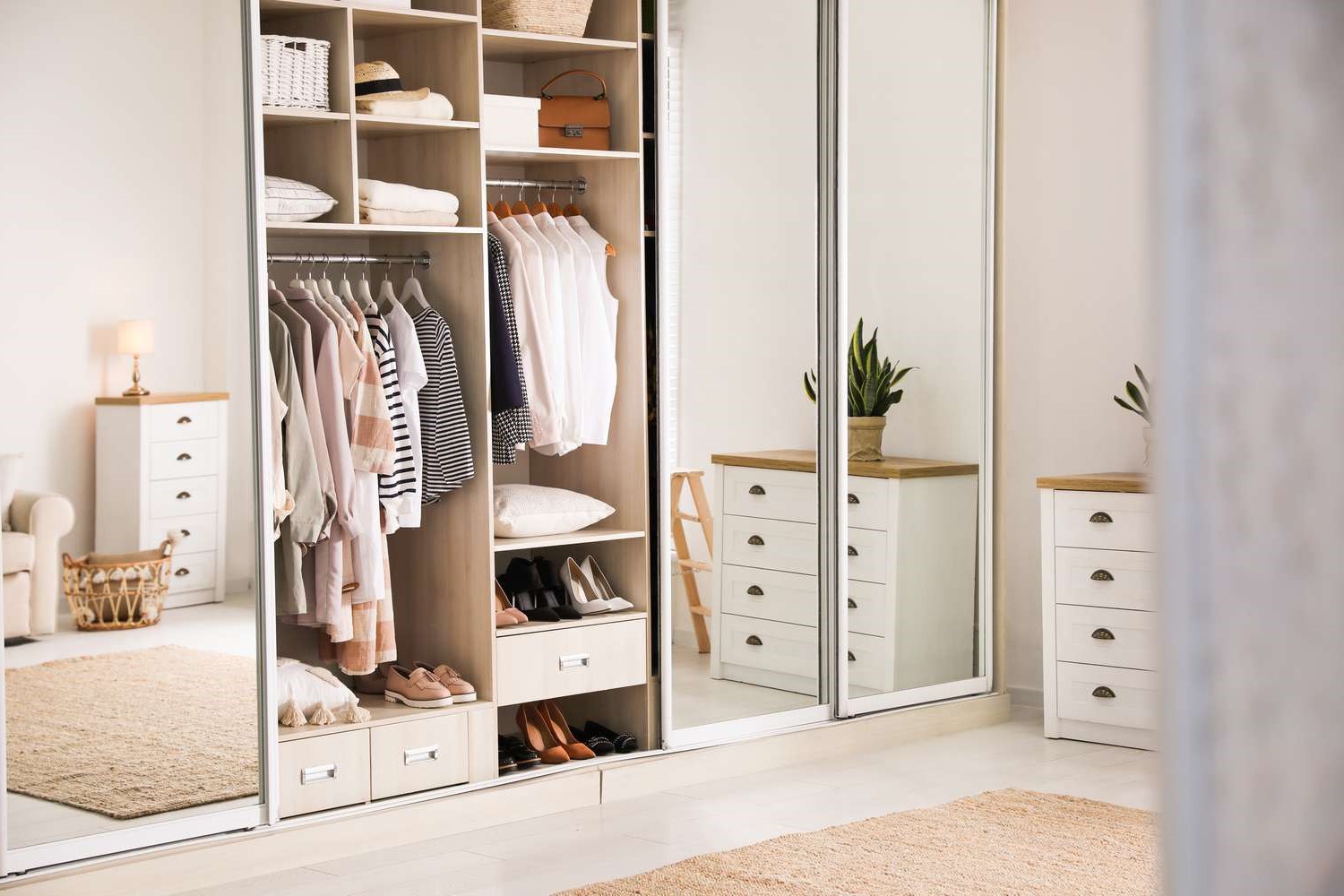

0 thoughts on “How To Organize Men’s Closet”